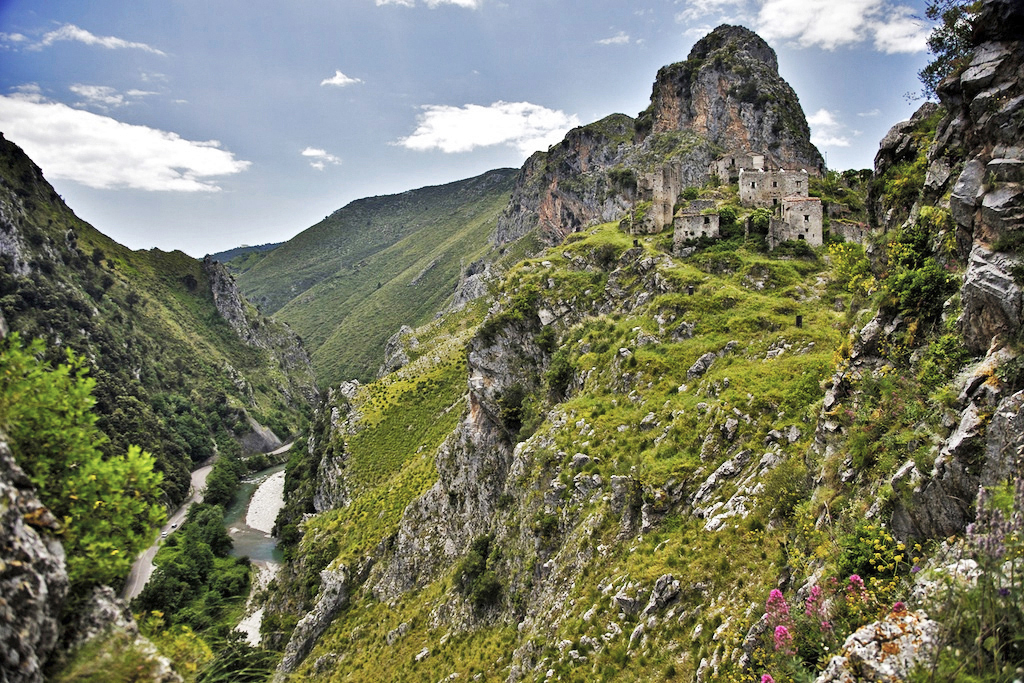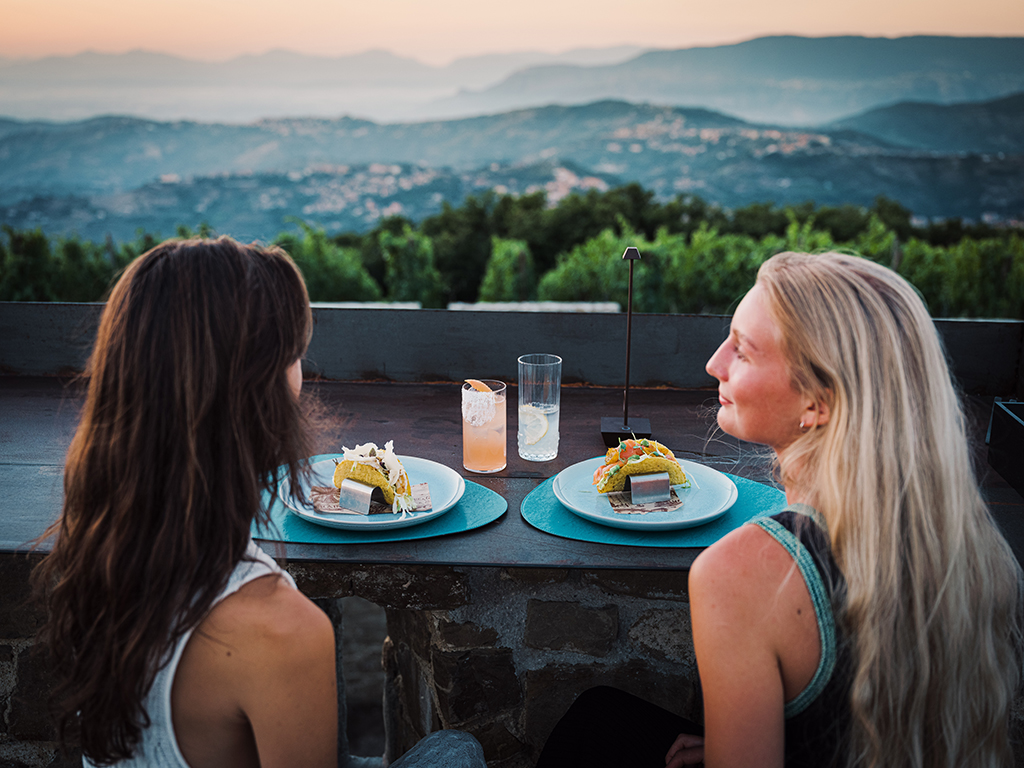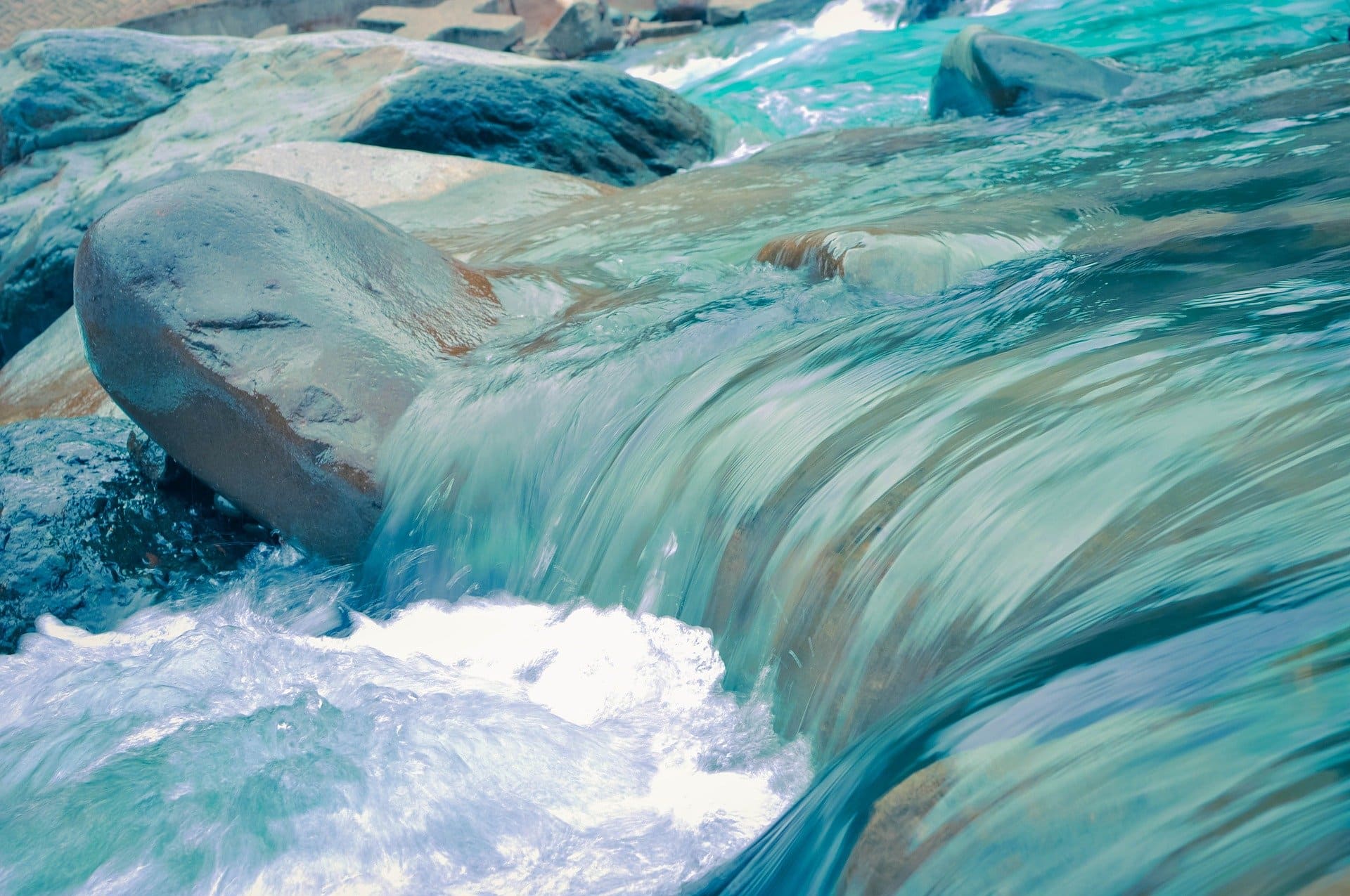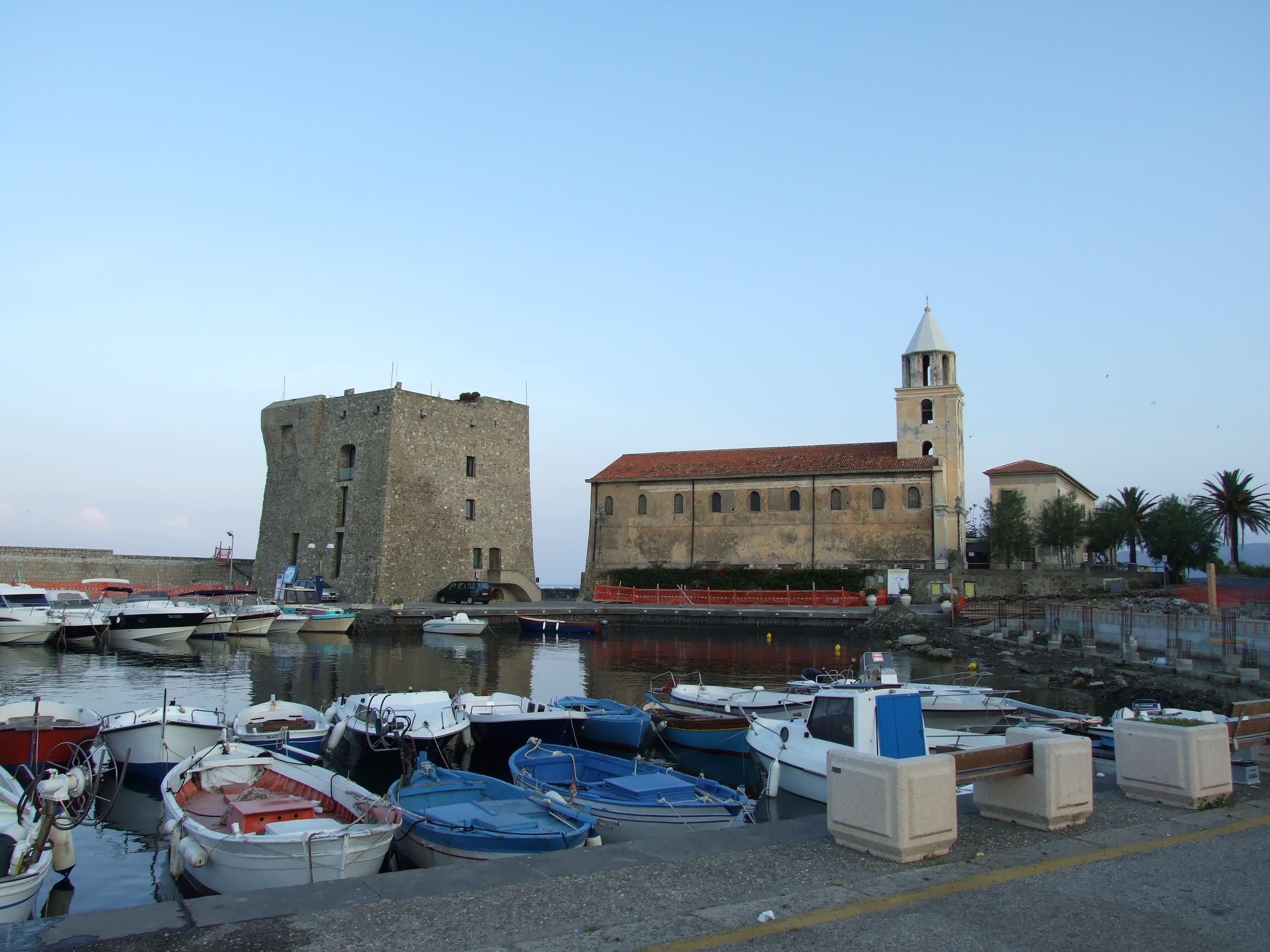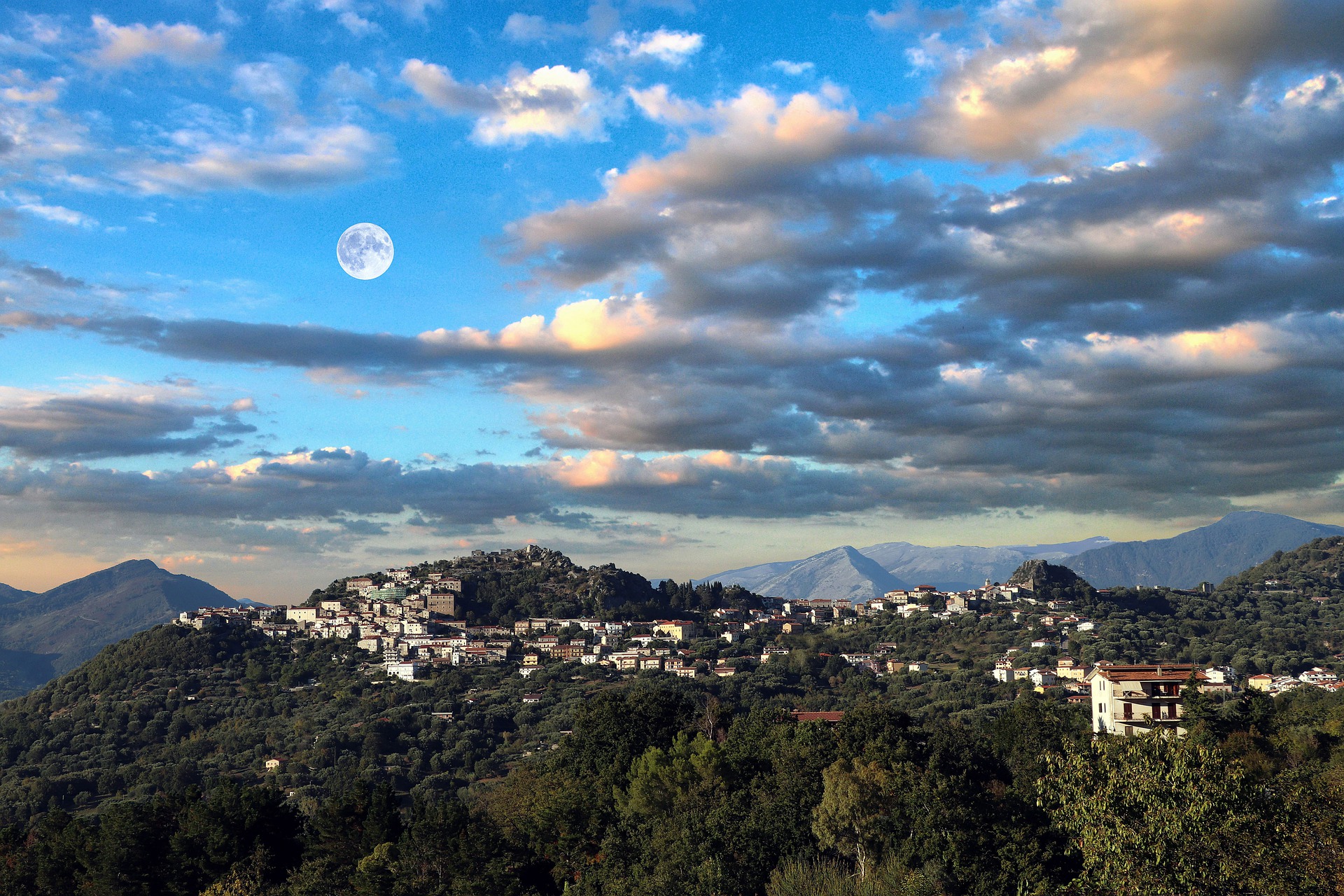Explore the CILENTO, a place to visit at least once in your life.
Choosing a travel destination as the Cilento means being fascinated by a variety of landscapes that will offer you a show to say the least exciting: gorges crossed by meandering streams, rolling hills covered with olive trees that seem to blend in the lush Mediterranean vegetation, immense golden beaches alternate with dizzying cliffs. It is no coincidence that the National Park of Cilento and Vallo di Dianohas been declared by UNESCO as Biosphere Reserve and World Heritage. This magical piece of land, located about 150 kilometres from Naples, show us the outstanding example of the relationship between man and environment in the Mediterrnean from the Middle Paleolithic to the present day. Besides the beautiful scenery of a wild and uncontaminated nature, the Cilento offers the opportunity to experience a real contact with an ancient culture of great hospitality. For anyone who wants to understand the origins of Western civilization and plunge into the dark places of wisdom is obligatory to visit the archaeological sites of Paestum and Velia. Paestum is one of the most famous and most visited archaeological sites in the World for its imposing Doric templas almost intact and the vestiges of important monuments. Although Velia is a lot less known than Paestum in some ways is more charming, thanks largely to two eminent citizens: Parmenides, called the philosopher of Being, and his disciple Zeno, famous for his paradoxes. Their story takes us to the discovery of an immense wealth of wisdom that perhaps unconsciously belong to us. The faschinating landscapes of the Cilento are characterized by many small villages set in picturesque mountains: the Alburni called “Dolomites of the South” for its clear color of the limestone walls. The Cervati Mountain with its 1900 meters is the highest peak of Campania. Monte Sacro or Gelbison very popular due to the presence at the top of the Black Virgin Mary of Novi Velia: the shrine at Novi Velia is continuously besieged by pilgrims from its opening on the last Sunday of May until its closing on the second Sunday in October. The Bulgheria Mountain in June is colored purple when the wild lavender is in bloom. The Stella Mountain with its five-pointed Star form dominates the beautiful hamlets of Perdifumo, Vatolla and Rocca Cilento. At the foot of the mountains we are amazed by the nature where xarstic phenomena dug large gorges and mysterious caves. Don’t miss the Caves of Castelcivita and the Cave of Pertosa that wind across tunnels and caverns: fairytale landscape for the presence of stalactites and stalagmites. Annually in the vast underground caverns of these caves are held the theater of Dante’s Inferno. The coastal area is certainly a cause of great pride of our territory. The clarity of its bottom of the sea, the long sandy beaches, the beautiful bays, the scents of the Mediterranean macchia can only be understood by living them. The coast between Punta Licosa to the Gulf of Policastro, called “Coast of Myth”, offers a spectacle of overwhelming beauty. Castellabate, typical medieval village, winds through narrow streets, churches and palaces and dominates from the fishing villages of San Marco and Santa Maria of Castellabate. After the success of the movie “Welcome to the South”, Castellabate became the emblem of our territory. Agropoli and its fishing village is dominated by the Byzantine Castle. Punta Licosa with its Underwater Marine Park is a paradise for divers who like archeology. The beautiful seaside village of Acciaroli defined the country of Hemingway. A legend told us that the American writer has drawn inspiration for his famous novel “The Old Man and the Sea” from the meeting with an old fisherman to Acciaroli. Pioppi is the place where in the beginning of 1950s Ancel Keys discovered the “Mediterranean Diet”. It was enough to observe the healthy eating so-called “cucina povera”, the food of the poor of our peasant tradition tied to the natural pace of work to grasp the secret of longevity of our grandparents. The Cilento cuisine is still the world food farmer that characterizes our territory and preserves it.\r\n\r\nOur journey continues towards Ascea with its long sandy beach and its characteristic sea cliff where you can rent a boat to visit the various coves and bays, as the “Baia d’Argento” and the “Baia della Rondinella”. On the top of the reef rises the majestic ruin of the “Telegraph Tower”. Nearby there is the medieval hilltop village of Pisciotta, a charming medieval village overlooking the sea. To the legendary promontory of Palinuro we see a succession of views that fascinate us for their haunting beauty. The name of the town Palinuro is linked to Palinurus, a character of the Aeneid, the epic poem written by Virgil, which describes the mythical events that took place before Aeneas founded Rome. Hence why the coast here is also known as the Costa del Mito (Coast of Myth). Palinurus was the helmsman of Aeneas. The highlight of Palinuro are the beautiful sea caves. The “Grotta Azzurra” is the most famous and spectacular one of the Palinuro caves. The surprising sapphire blue light that colors the water of the cave comes from the sunlight that enters the cave from two sides, creating a brilliant blue color luminescence. Towering cliffs and coves accessible only by boat are also located in Marina di Camerota, which has become one of the most famous places of the Cilento coast. “Baia degli Infreschi” along the creek of “Cala Bianca” can be considered the most romantic beach on the coast, it is not by chance that for many years have been classified as the most beautiful beaches in Italy. The Cilento coast ends in the Gulf of Policastro, where you will be fascinated by the beautiful Scario, called the “Pearl of Cilento”, with its colorful buildings, houses and elegant mansions with wrought-iron balconies and stone portals that follow the Creek port mirroring in the water. Policastro Bussentino, situated at the center of the gulf that bears its name, preserves interesting remains of the castle and the medieval walls. There are several excursion you can make like one the “Grotta del Bussento”. One of biggest karstic phenomenon created in Europe. You can see the Bussento river exiting after 5 km of underground flow. The mild climate allows you to go trekking in all seasons. Walking in the Cilento means crossing at a slow pace majestic hills covered with old olive trees, captivated with the scents of the Mediterranean Macchia, going up the mountain through forests of beech and chestnut trees, stop in and enjoy a glass of wine and the traditional cuisine in a typical farm. Dear traveler we conclude this short story with the hope to have you transmitted the image of a territory to discover, and above all to be savored slowly. Only in this way you can capture the soul of an ancient and authentic land.

